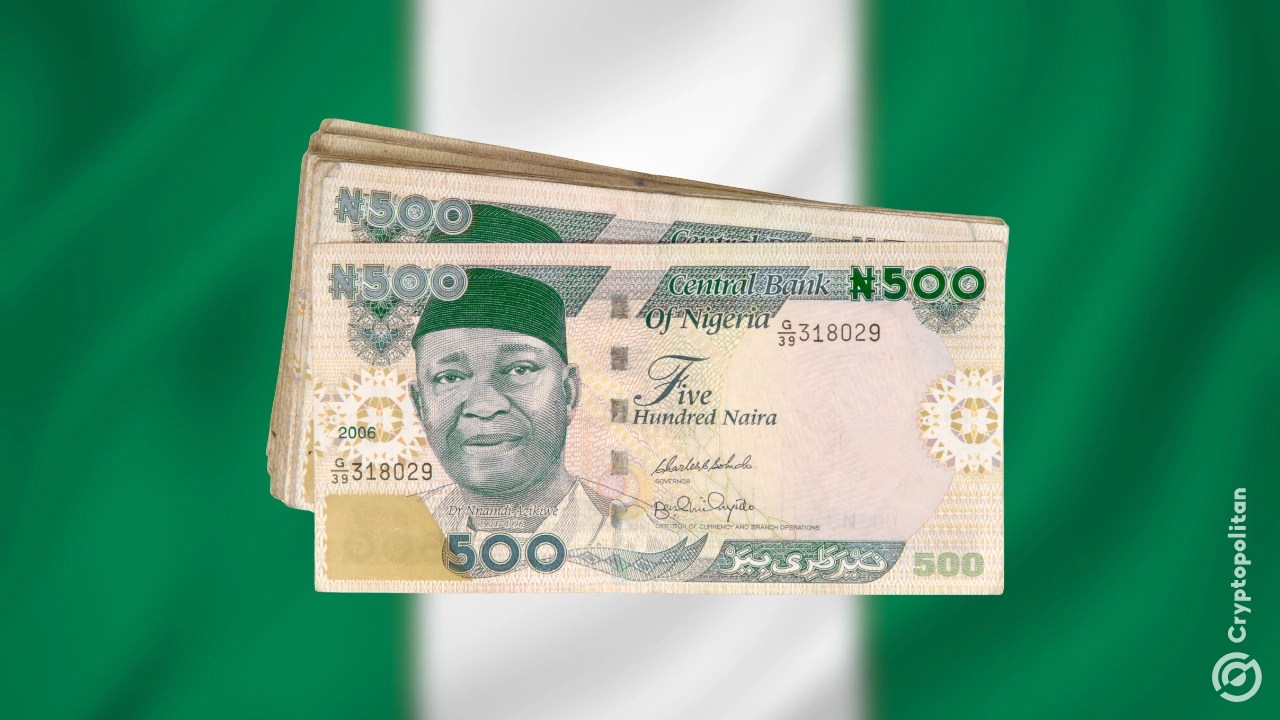Chinese electric vehicle manufacturer BYD has projected that sales outside China will account for about one-fifth of total deliveries this year. The company projects between 800,000 and 1 million units of total sales.
According to Li Yunfei, BYD’s general manager of branding and public relations, the total projected sales account for about 20% of the 2025 4.6 million sales. He confirmed that international deliveries will make a greater contribution in the years to come.
BYD cuts sales target but projects a surge in overseas deliveries
The South China Morning Post reported that the new projections revealed by Li Yunfei come after BYD reduced its overall 2025 sales target by almost 16% to 4.6 million units for 2025. The company cited signs of slowed growth in the local market, marking its slowest annual growth in five years.
BYD sold 4.26 million vehicles in 2024, of which less than 10% of units accounted for exports. If the projected 20% is achieved, it would mark more than double the growth in just a year, supported by expanded shipping capacity, new models, and international expansions.
The Chinese EV automaker has also constructed a fleet of eight car carrier ships to strengthen its export network. Currently, the largest vessel in the fleet can transport up to 9,200 vehicles and is servicing the routes between China, Europe, and Southeast Asia. Li confirmed that the shipping fleet has played an instrumental role in boosting overseas deliveries and reducing reliance on third-party logistics.
Expanding overseas product lines is also part of BYD’s expansion plan. The firm plans to introduce all of its China-developed models to international markets as part of its global presence. BYD announced that it will double the number of showrooms in Europe to 2000 by 2026 and establish an additional plant in Hungary. Construction is ongoing in Hungary to expand its footprint in the EU market.
BYD stock jumps 1.5% as it expects to double sales this year
Just 4 days ago, Cryptopolitan confirmed that the Chinese EV maker will also build battery plants in Europe to support localized production in the region. During an auto industry event in Milan, Alfredo, BYD’s European adviser, revealed that importing batteries from China would not be viable as the company ramps up car output. The firm will also open a second plant in Turkey in 2026; together, the two plants in Hungary and Turkey would generate a capacity of approximately 500,000 vehicles annually.
BYD stock is up 1.23% today on the Shenzhen Stock Exchange, trading at ¥108.61 ($0.73). After the news, the stock rallied above 1.5% to HK$109.14 but has consolidated. The stock YTD is up 20.18%, with a year range of ¥48.56 – ¥116.59.
In China, BYD remains the leader in electric vehicle manufacturing by sales, but the company faces intensified competition from global entities such as Tesla and other Chinese automakers.
Tesla stock climbed more than 2% when Elon Musk made a public appearance alongside Donald Trump in Arizona recently, according to a Cryptopolitan report. BYD, on the other hand, dropped by more than 3.5% after Berkshire Hathaway, led by Warren Buffett, confirmed it had exited its investment in the company.
Li told the SCMP that BYD’s strategy is focused on sales and building long-term logistics and production capacity overseas. He added that the firm aims to secure steady growth even as the Chinese EV market matures by directly introducing its full suite of vehicles into the international markets, to be supported by dedicated manufacturing.
Get seen where it counts. Advertise in Cryptopolitan Research and reach crypto’s sharpest investors and builders.
Source: https://www.cryptopolitan.com/byd-projects-exports-to-account-for-20/


